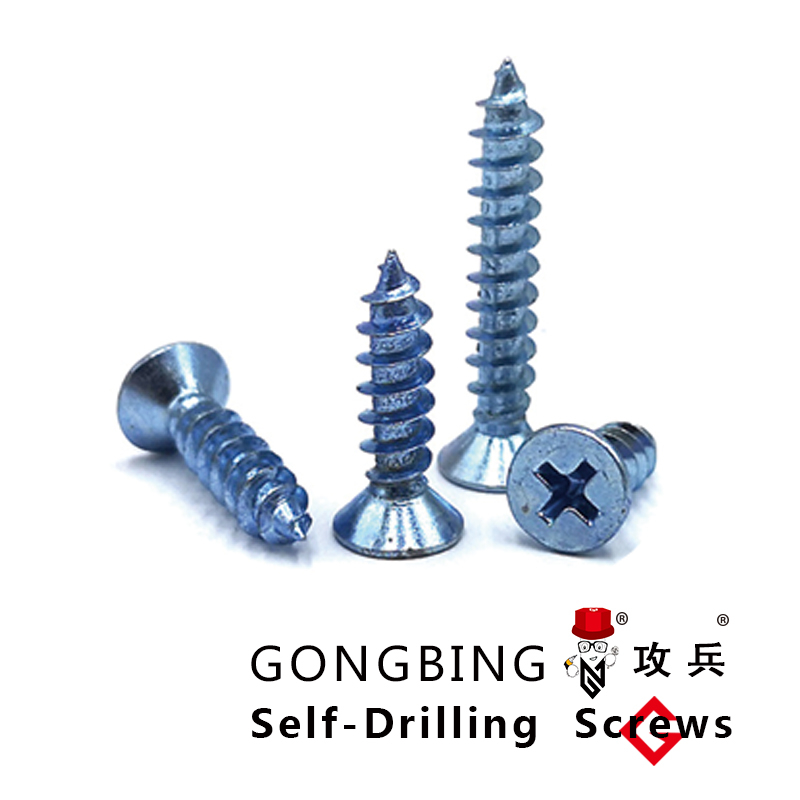foundation j bolts specification
Foundation J-Bolts Specification Essential Guidelines for Construction
When it comes to constructing robust foundations, J-bolts play a crucial role in ensuring structural integrity. These specially designed anchors assist in securing concrete to wood or steel components, creating a solid connection that withstands various forces and environmental conditions.
Description and Functionality
J-bolts are characterized by their unique shape, resembling the letter J. The shorter leg is embedded into a concrete foundation, while the longer leg protrudes above the surface, allowing for the attachment of structural elements, such as wooden posts or steel plates. Their design provides a reliable anchoring system, preventing movement and providing stability to the structure.
Material Specifications
Typically made from steel, J-bolts are often galvanized to enhance corrosion resistance, especially in outdoor applications or areas with high humidity. The specifications usually dictate a minimum yield strength of 36,000 psi, with options for higher-strength materials available depending on the project requirements. It's essential to choose the right grade of steel to ensure durability and longevity in the foundation system.
foundation j bolts specification

Dimensions and Load Capacity
J-bolts come in various sizes, with diameters commonly ranging from 1/2 inch to 1 inch. Lengths vary based on the design of the structure, typically extending from 6 inches to 24 inches. When specifying J-bolts, it is vital to consider the load capacity, which can significantly impact the overall design. Engineers must perform calculations to determine the appropriate bolt size and configuration to support anticipated loads, including wind, seismic activity, and the weight of the superstructure.
Installation Guidelines
Proper installation is critical for the effectiveness of J-bolts. The bolts should be placed in forms before the concrete is poured, ensuring they are adequately aligned and positioned. Following the curing of the concrete, it is important to verify that the bolts are secure and free from damage. During the assembly of the superstructure, nuts and washers should be utilized to create a strong connection, ensuring proper torque specifications are met.
Conclusion
In conclusion, adherence to proper specifications for foundation J-bolts is essential for the safety and durability of construction projects. By ensuring that the right materials, dimensions, and installation techniques are followed, engineers and builders can create reliable foundations that withstand the test of time. Investing time in understanding these specifications not only enhances the quality of construction but also guarantees peace of mind for all stakeholders involved.
-
Weatherproof Plastic Expansion Anchors for OutdoorNewsJun.06,2025
-
Sustainability in the Supply Chain: Eco-Friendly TEK Screws ProductionNewsJun.06,2025
-
Load-Bearing Capacity of External Insulation FixingsNewsJun.06,2025
-
Double Head Bolts: Enhancing Efficiency in Industrial MachineryNewsJun.06,2025
-
Corrosion Resistance in Chipboard Screws: Coatings for Wholesale DurabilityNewsJun.06,2025
-
Butterfly Toggle Bolts : Enhancing Structural ResilienceNewsJun.06,2025
